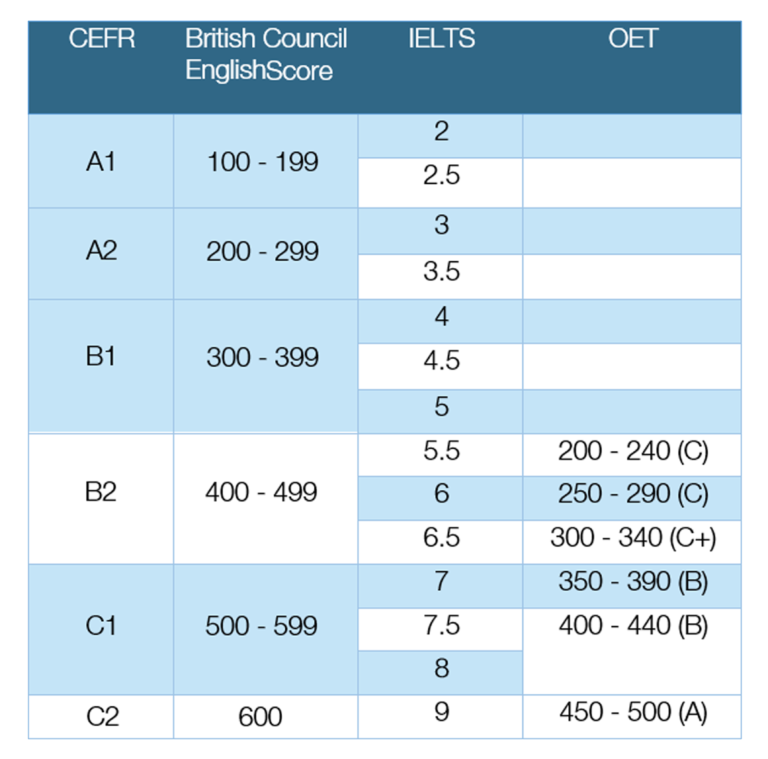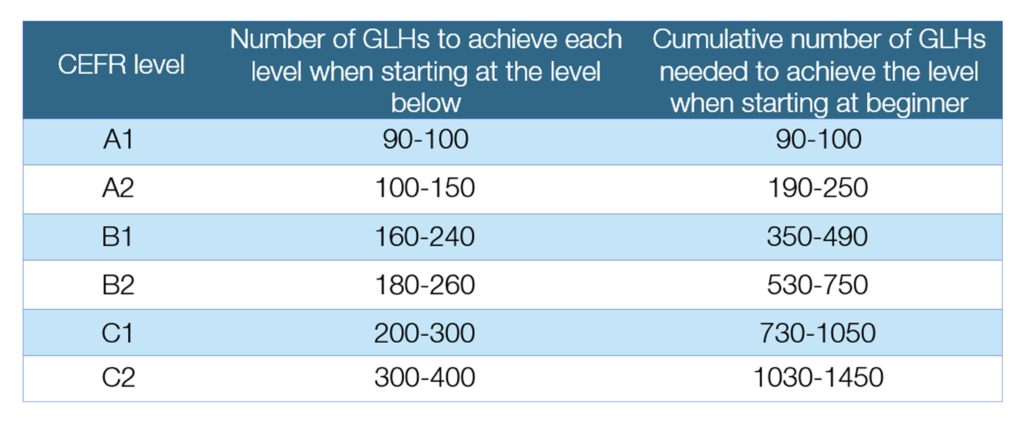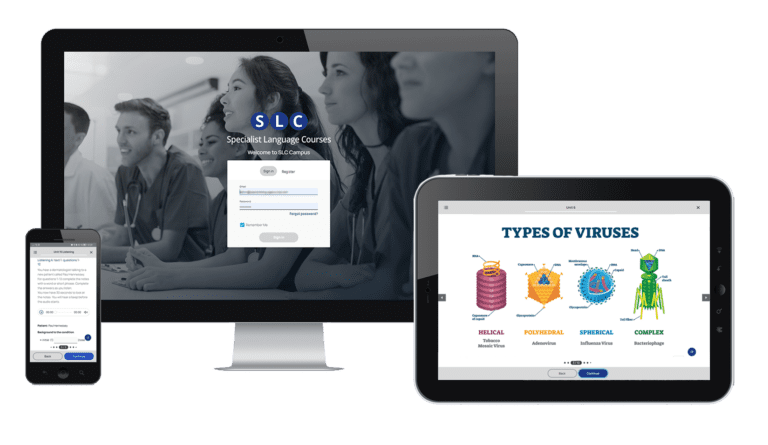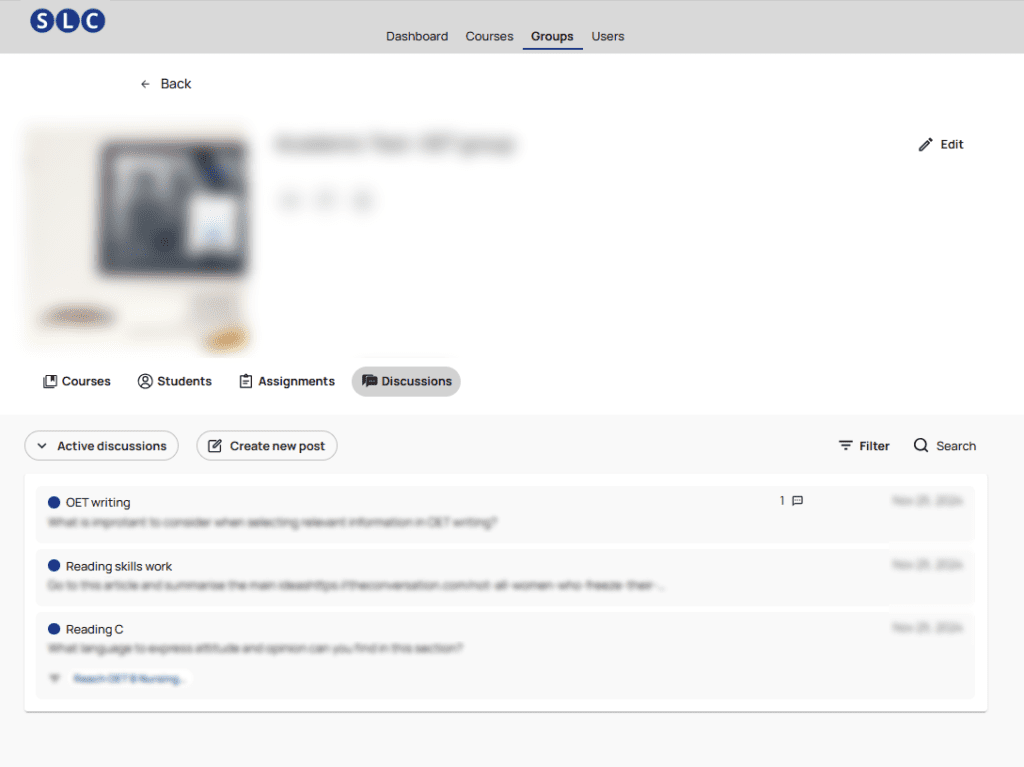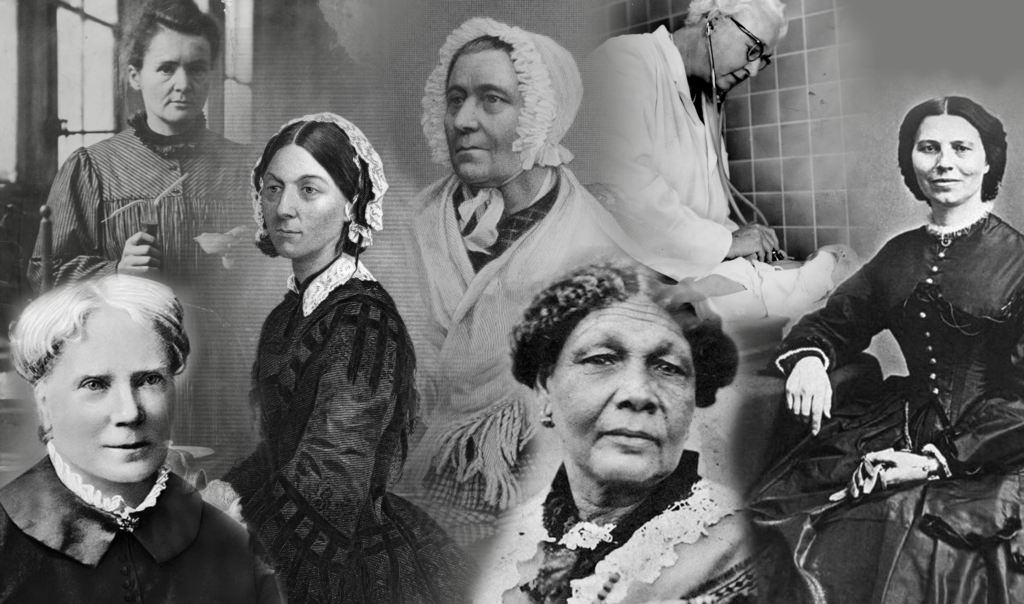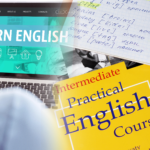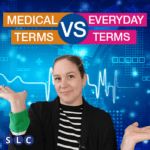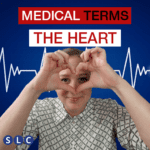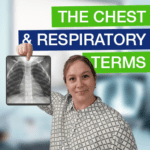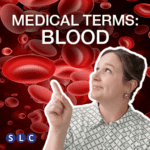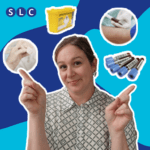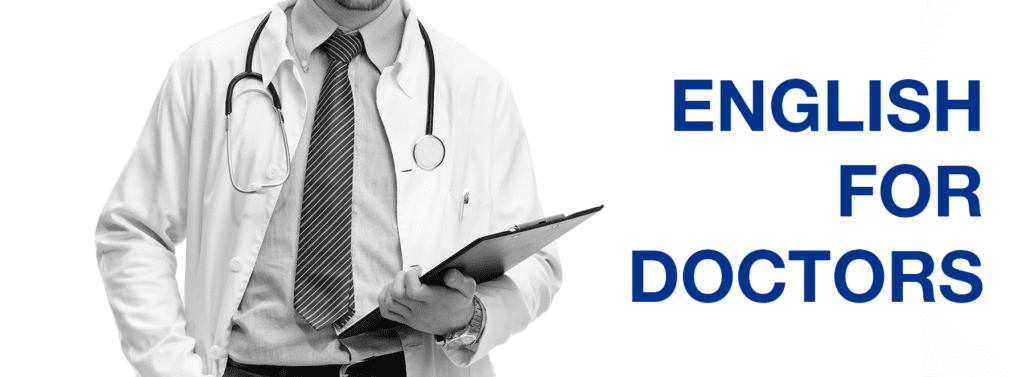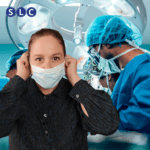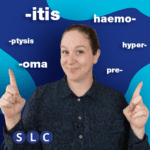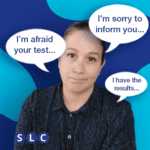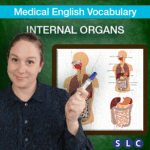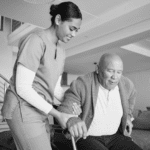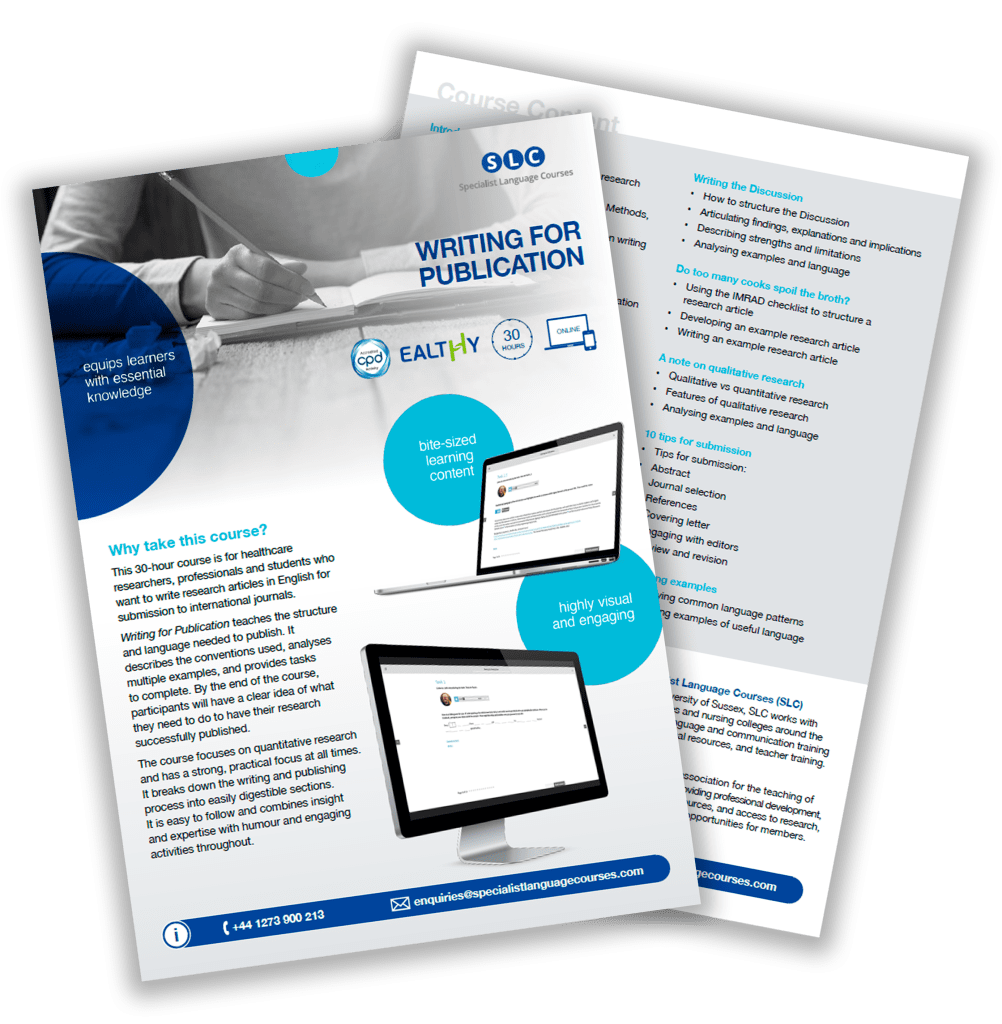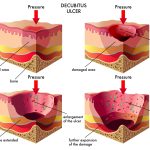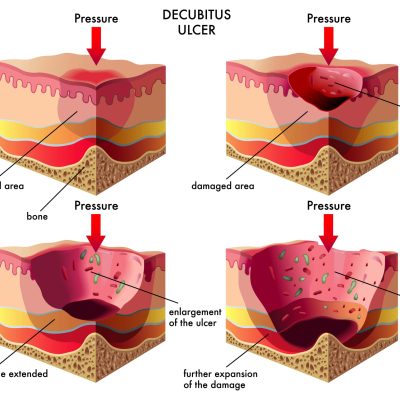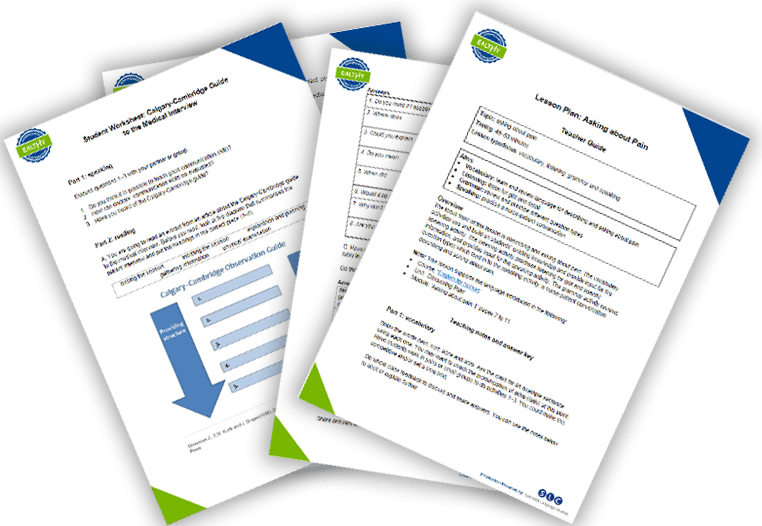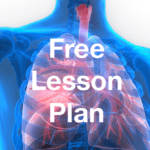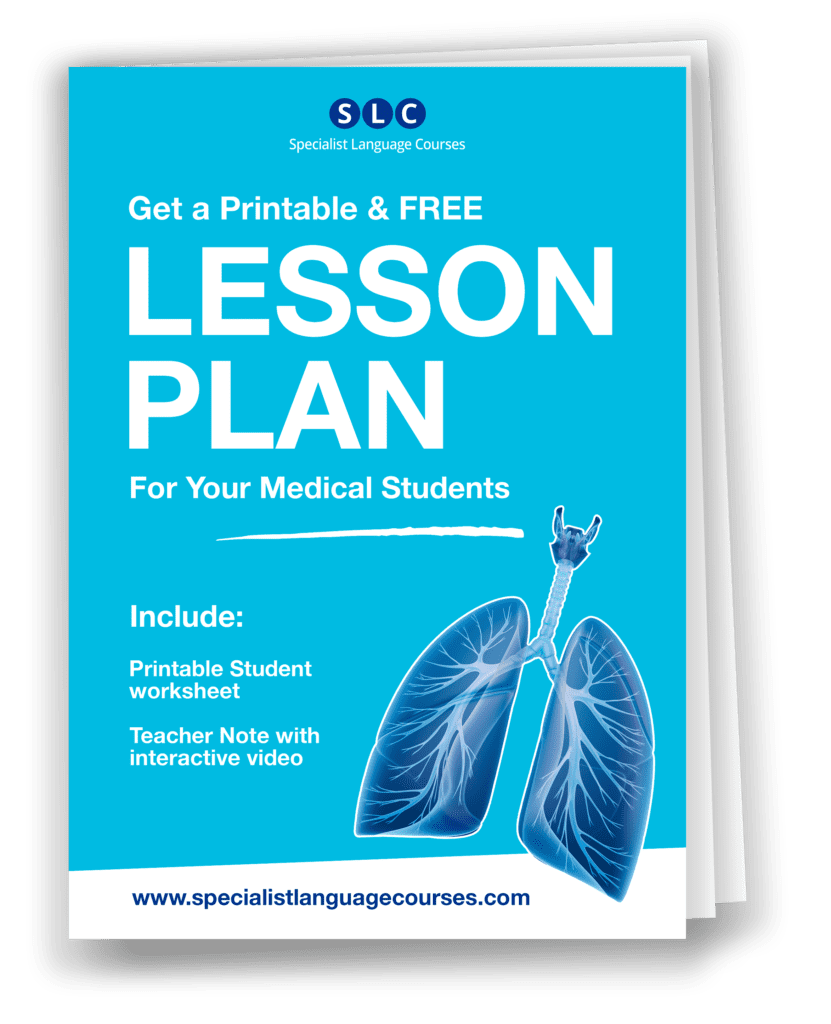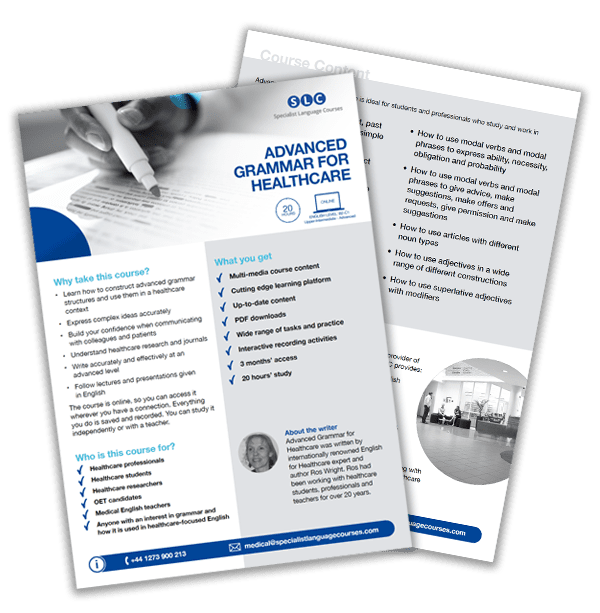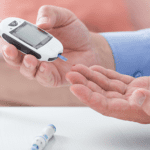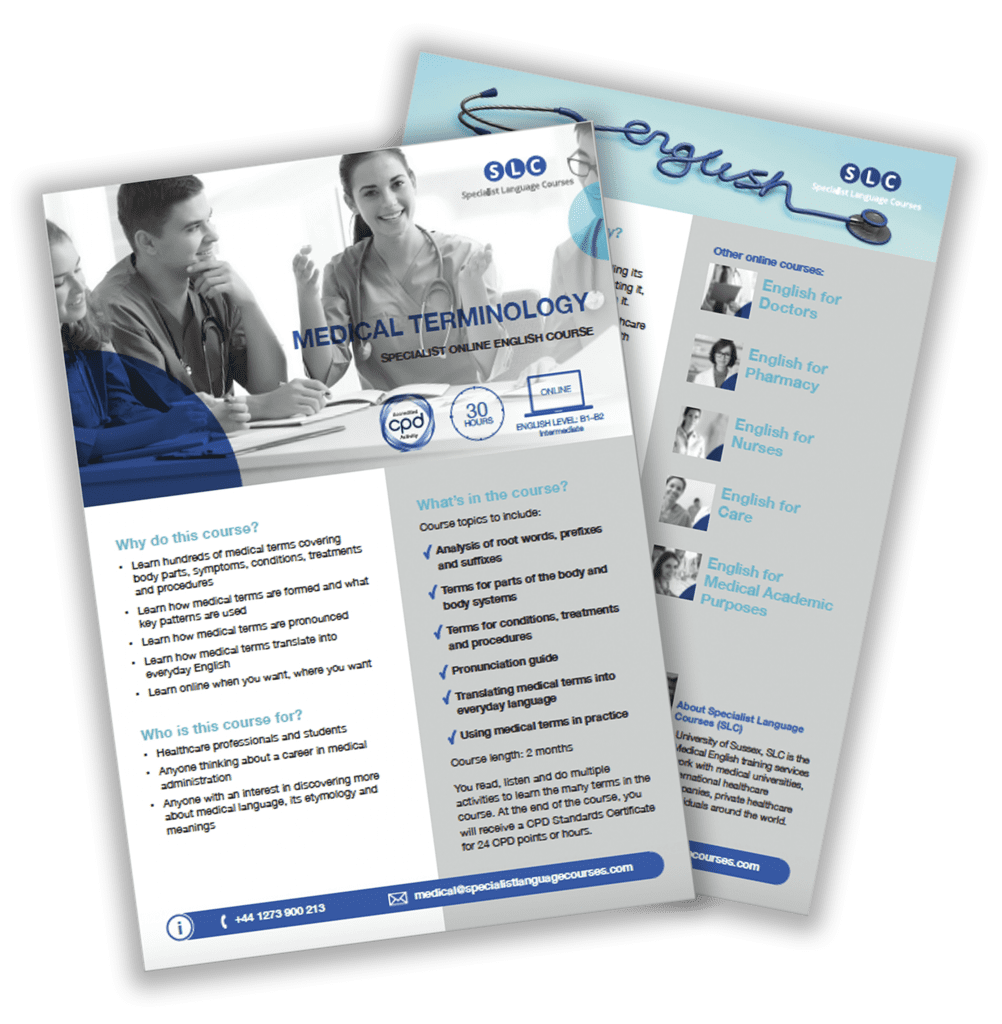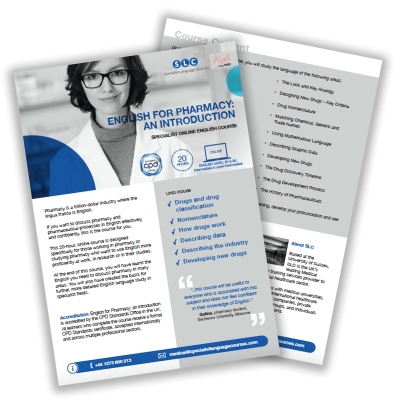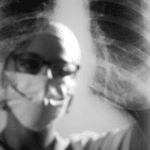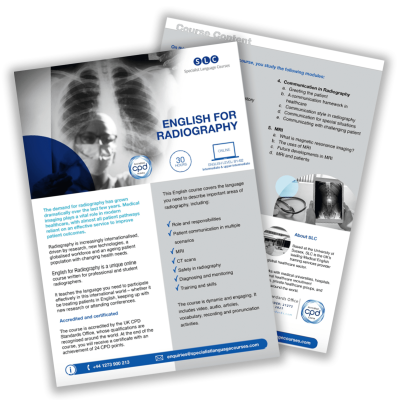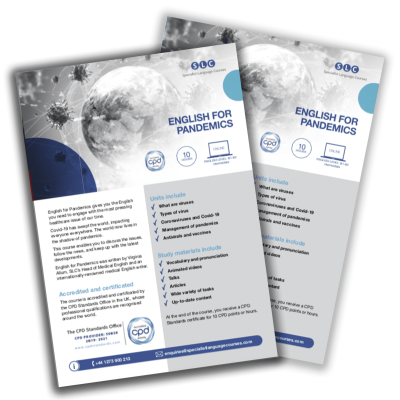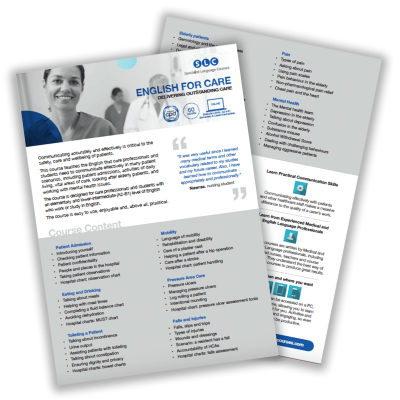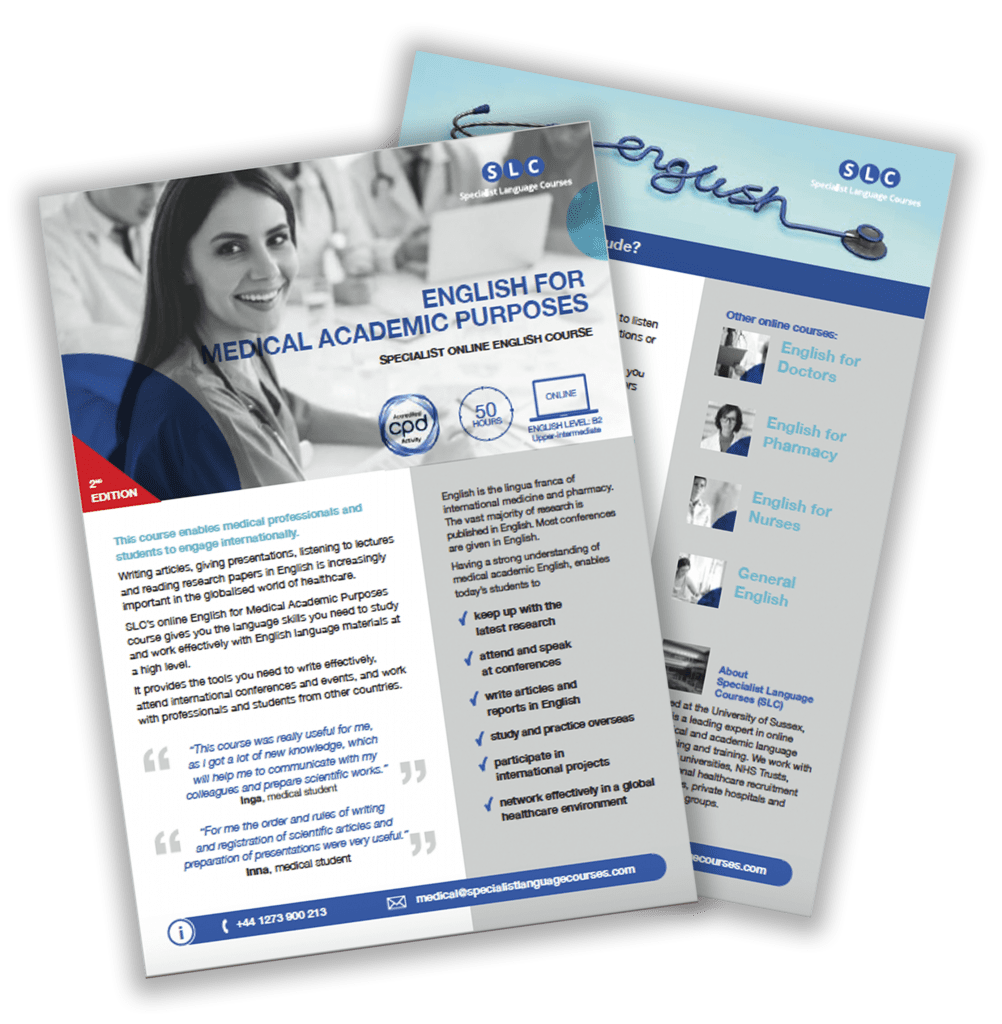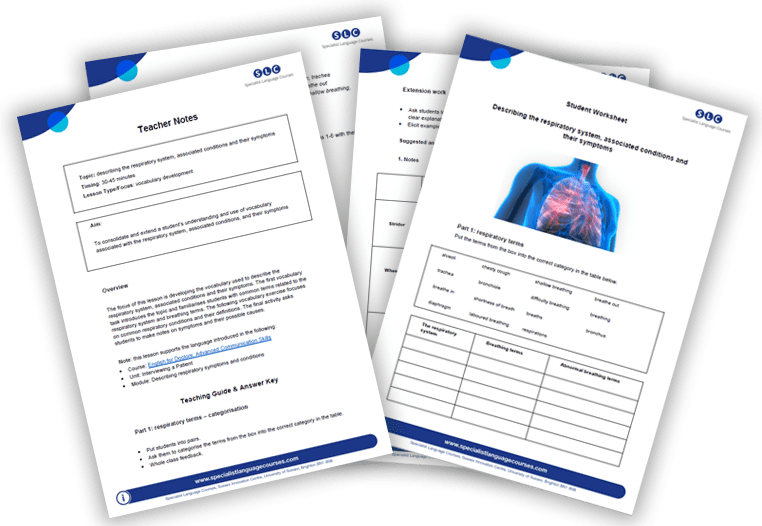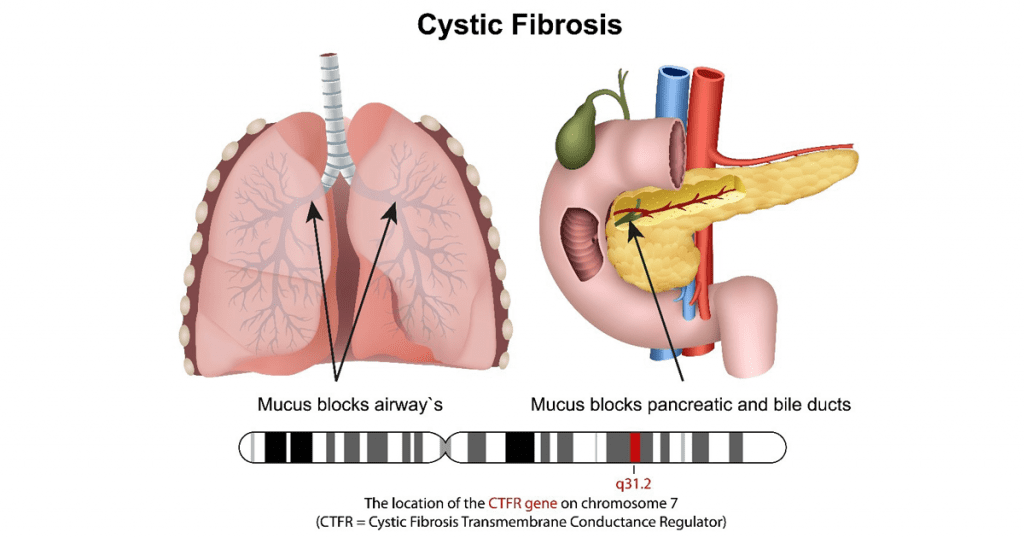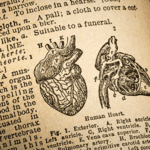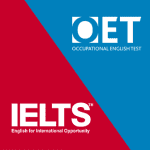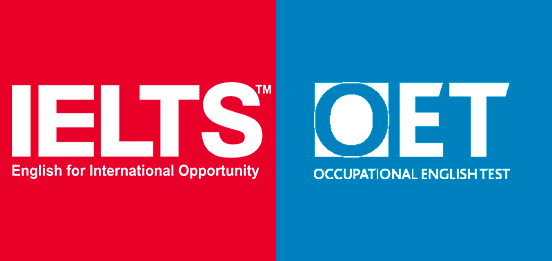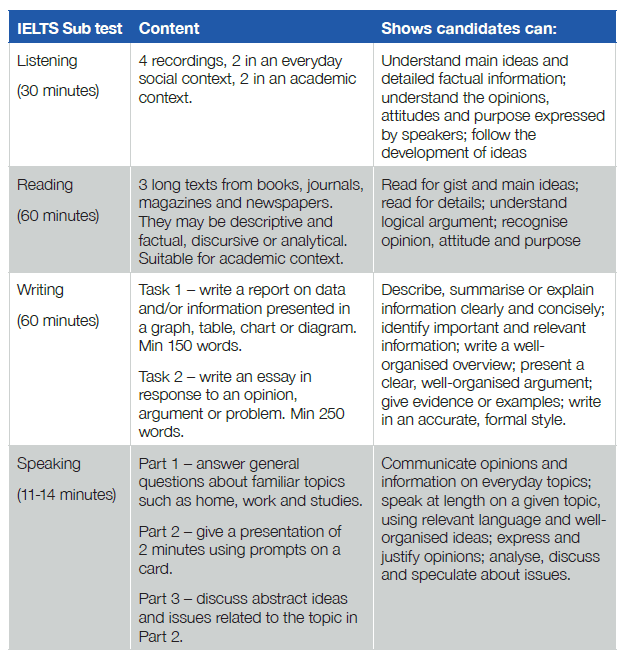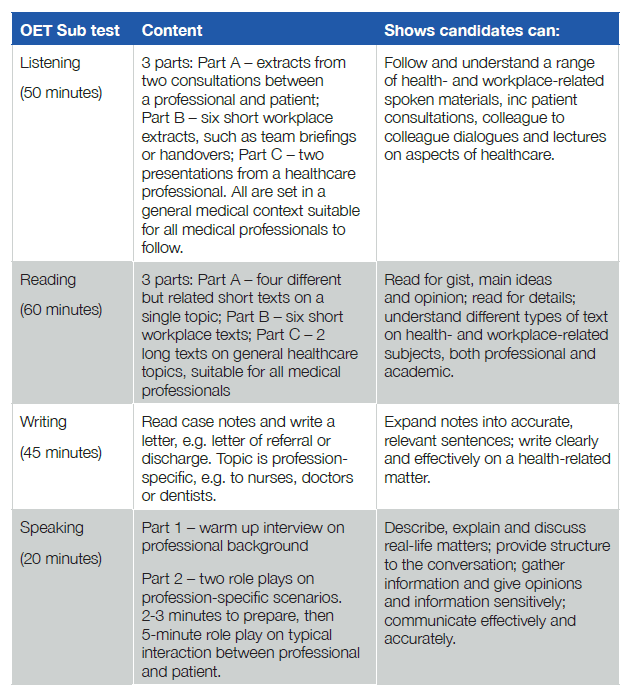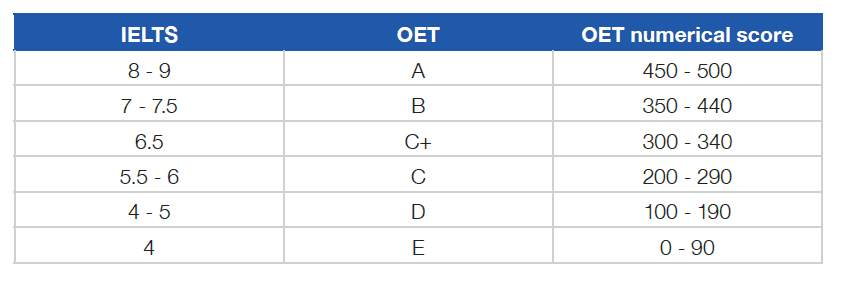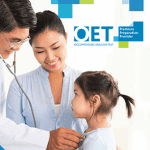
Breaking bad news is one of the most challenging tasks for healthcare professionals. It requires a careful balance of empathy, clarity, and professionalism. For learners of Medical English, mastering this type of communication is especially important—not just for exams like OET but also for their daily clinical practice.
As teachers, we can help students build the language, confidence, and sensitivity needed to handle these conversations effectively.
Why Teach Breaking Bad News?
- Patient-centred care: Patients need clarity, compassion, and reassurance when receiving difficult information.
- Professional standards: Medical councils and professional bodies highlight communication as a core competency.
- OET Preparation: while OET doesn’t involve giving very bad news such as a terminal illness, the OET Speaking role-plays frequently test candidates’ ability to show empathy and deliver difficult information appropriately. An example may be a diagnosis of osteoarthritis or advising a parent that their child has constipation.
Useful Frameworks for Teaching
Use the following frameworks with your students to help them structure these types of conversations.
- The SPIKES Protocol
A widely used six-step framework for delivering bad news:
- Setting up the interview
- Perception – finding out what the patient knows
- Invitation – asking how much detail the patient wants
- Knowledge – sharing information clearly
- Emotions – responding with empathy
- Strategy & Summary – outlining next steps
- The CALM Framework
Recently developed to support interpreters and healthcare professionals:
- Communicate clearly
- Acknowledge emotions
- Listen actively
Manage the conversation
Teaching Strategies
Include the following in your tutored sessions.
- Role-plays with scripts
- Give learners structured dialogues and highlight useful phrases like:
- “I’m afraid I have some difficult news to share with you.”
- “I can see this is upsetting for you.”
- “Let’s talk about the options moving forward.”
- Give learners structured dialogues and highlight useful phrases like:
- Language of Empathy
- Teach phrases that acknowledge patient emotions:
- “I understand this must be hard to hear.”
- “It’s natural to feel anxious in this situation.”
- Teach phrases that acknowledge patient emotions:
- Register and Tone
- Show how to avoid jargon and use patient-friendly terms:
- Instead of “myocardial infarction,” say “heart attack.”
- Instead of “terminal,” say “at an advanced stage.”
- Show how to avoid jargon and use patient-friendly terms:
- Awareness of Culture
- Discuss how attitudes to sharing bad news vary across cultures.
- Explore how indirect or direct communication styles affect patient care.
Practical Classroom Activities
- Gap-fill exercises with key empathetic phrases.
- Listening tasks using doctor-patient dialogues.
- Reflection tasks: students discuss how they would feel as a patient.
- Case study simulations: role-play delivering news about test results, diagnoses, or treatment outcomes.
Practice Sources for Breaking Bad News in Medical English
- For the SPIKES Protocol: Northwestern University — Healthcare Communication Training / Northwestern Resources
site provides pocket guides, videos, and teaching materials specifically on disclosing serious news using SPIKES (and related empathy frameworks). https://www.feinberg.northwestern.edu/sites/dme/healthcare-communication-training/northwestern-resources.html - For the CALM Framework introduced by interpreters and communication trainers, explained in the EALTHY Journal. https://ealthy.com/
- VitalTalk – offers teaching materials and videos on serious illness communication: https://vitaltalk.org/
- Clinical Communication Skills Course – specifically designed for healthcare professionals to practise sensitive conversations in English: https://specialistlanguagecourses.com/clinical-communication-skills-training/
- OET Preparation Courses – role-plays and scenarios help learners practise empathetic communication under exam conditions: https://specialistlanguagecourses.com/oet-preparation-courses-for-universities-and-schools/
Conclusion
Teaching the language of breaking bad news in Medical English goes far beyond vocabulary—it’s about developing empathy, clarity, and cultural sensitivity. By introducing learners to frameworks like SPIKES, practising role-plays, and focusing on emotional awareness, teachers can give healthcare professionals the tools to navigate these conversations with confidence.
Ultimately, strong communication skills in difficult moments improve patient care, build trust, and ensure that medical English learners succeed both in their exams and in their clinical practice.
FAQs
What is the mnemonic for bad news?
The most common mnemonic is SPIKES, a six-step protocol used to guide healthcare professionals when delivering difficult information. It stands for:
- S – Setting up the interview
- P – Assessing the patient’s perception
- I – Obtaining the patient’s invitation to share details
- K – Giving knowledge and information
- E – Addressing emotions with empathy
- S – Strategy and summary
This structure helps ensure clarity, empathy, and professionalism.
What expressions can be used for giving bad news?
Healthcare professionals often use empathetic phrases such as:
- “I’m afraid I have some difficult news to share with you.”
- “I understand this may be upsetting.”
- “Let’s talk through what this means and the next steps.”
Expressions should balance clarity, sensitivity, and reassurance, avoiding overly technical or harsh language.
How to break bad news in medicine?
Breaking bad news in medicine involves:
- Choosing a private and supportive setting.
- Checking what the patient already knows.
- Sharing the information clearly, using patient-friendly terms.
- Allowing space for emotions and responding with empathy.
- Discussing treatment options or next steps.
Frameworks such as SPIKES or CALM are often taught in medical communication training.
What is SBAR?
SBAR is a communication tool used in healthcare to structure information between professionals. It stands for:
- S – Situation
- B – Background
- A – Assessment
- R – Recommendation
While not specific to breaking bad news, SBAR helps ensure clear and concise handovers, especially in urgent or high-pressure situations.
More To Explore

SLC expand online ESOL provision with South East Strategic Partnership for Migration
We’re delighted to have been commissioned to provide an online ESOL programme for refugee and migrant learners by the South East Strategic Partnership for Migration

Black Friday Mega Sale at Specialist Language Courses!
We are excited to announce our Black Friday Mega Sale, designed to help healthcare professionals prepare for their exams with high-quality, flexible online learning at

Exciting News: SLC Partners with the University of Sharjah’s Clinical & Surgical Training Center
We’re delighted to announce a new partnership between Specialist Language Courses (SLC) and the University of Sharjah’s Clinical & Surgical Training Center (CSTC) — one
Subscribe to our newsletter
Get updates and get the latest materials on Medical English, OET and IELTS




















